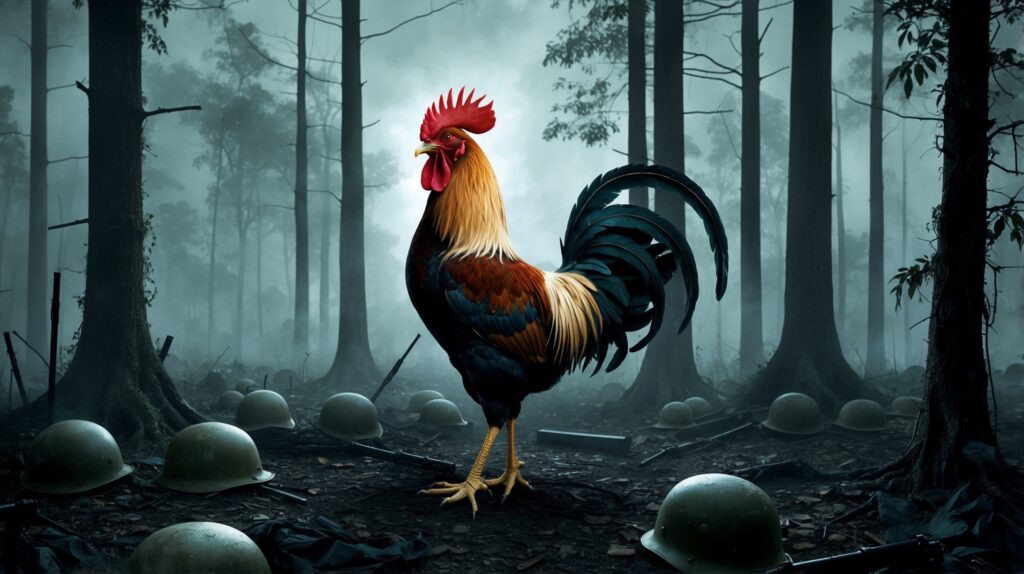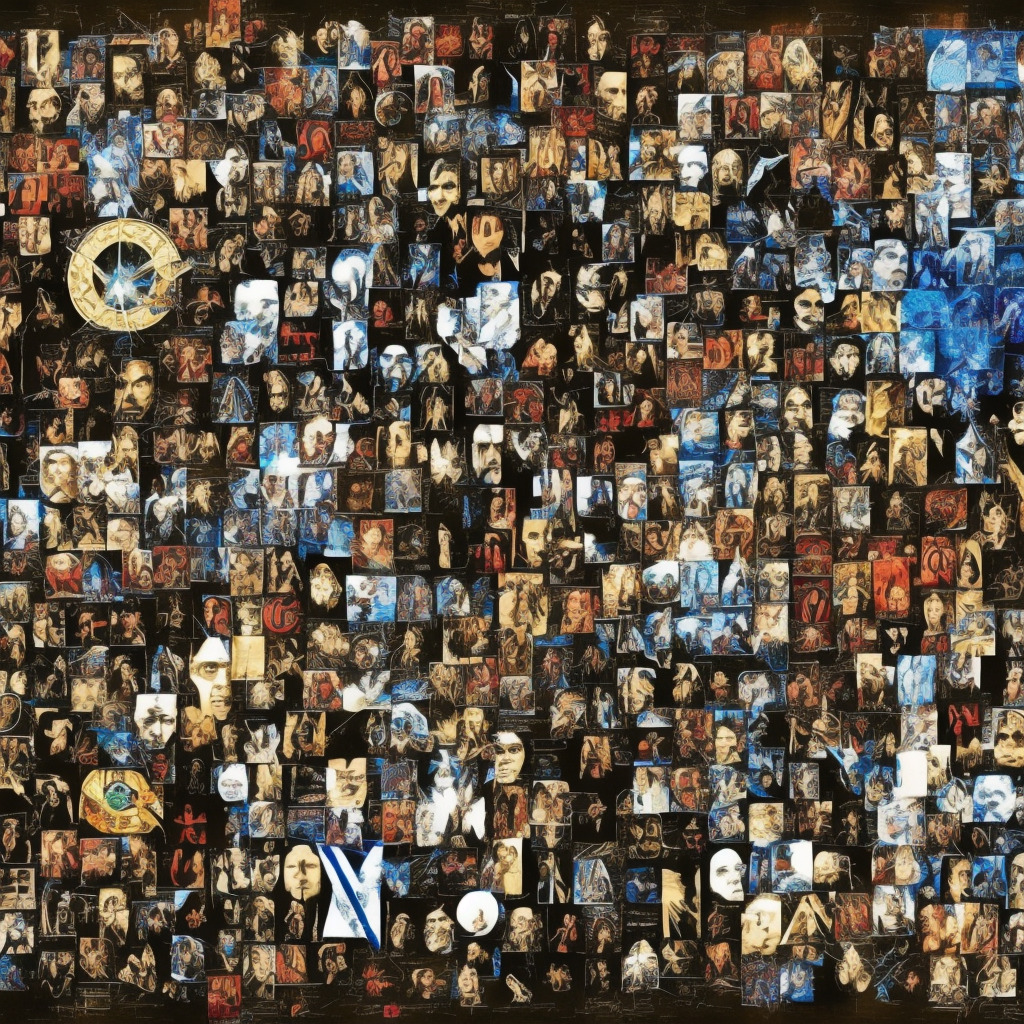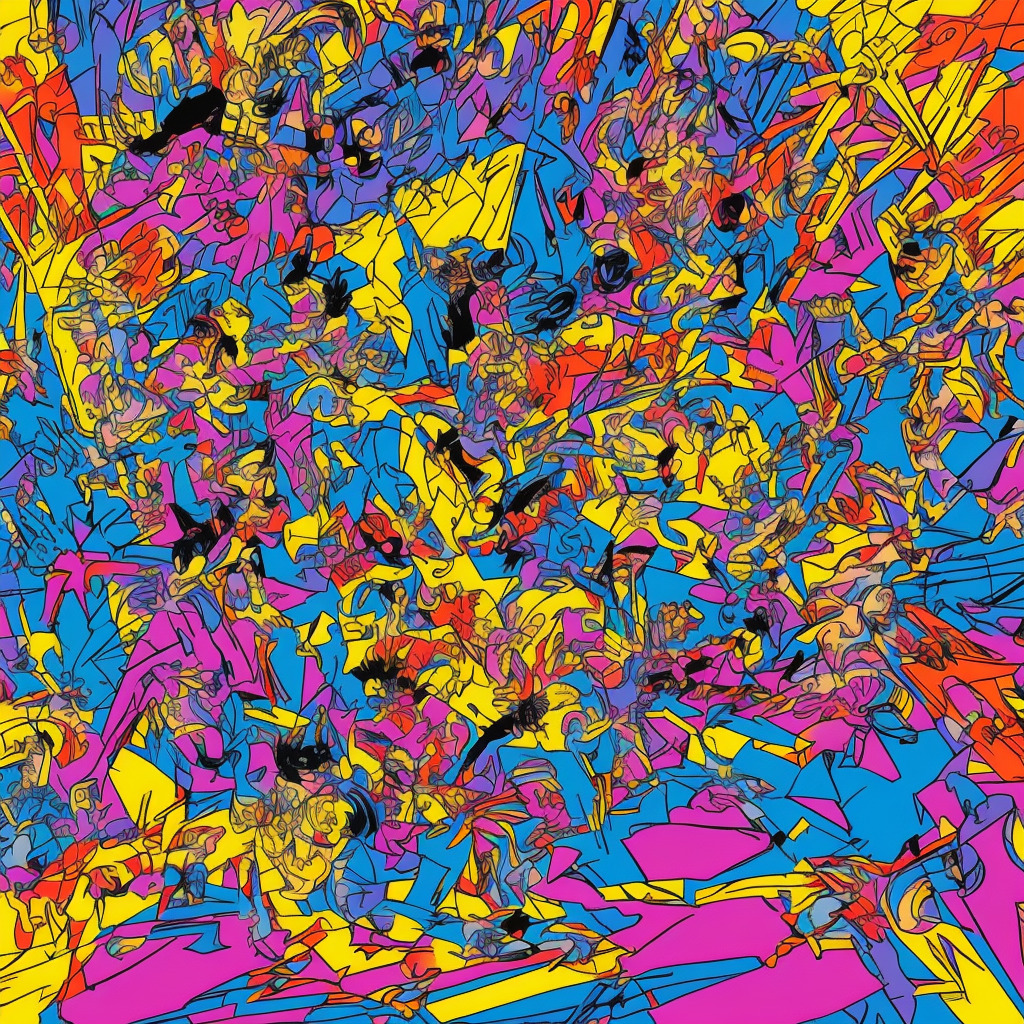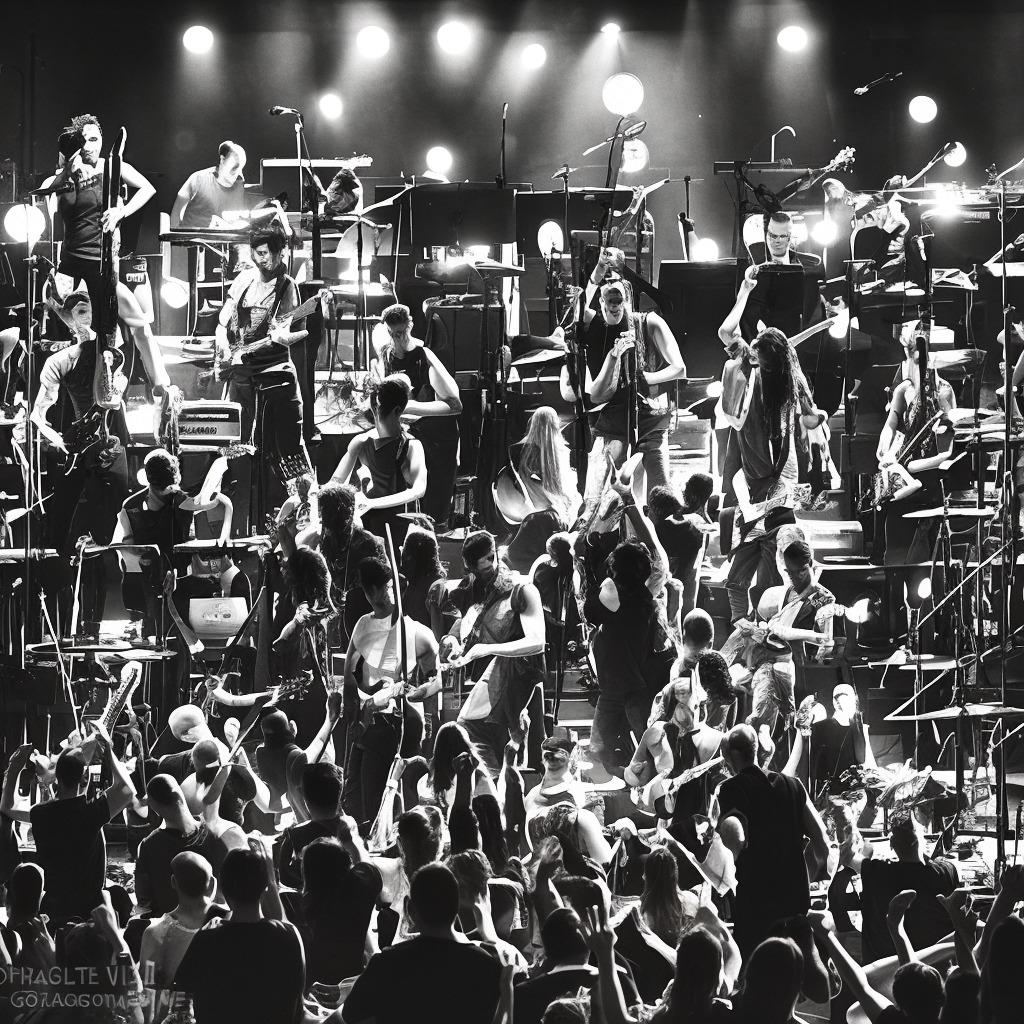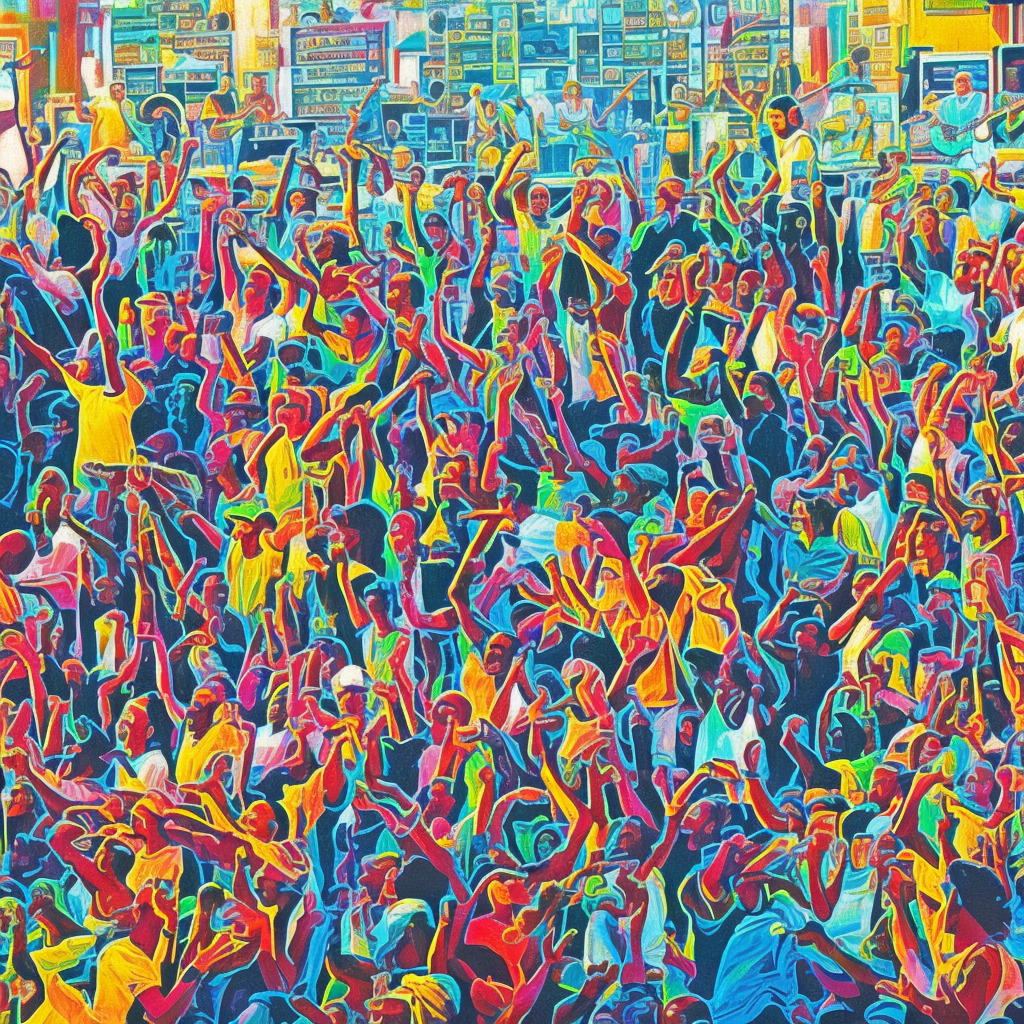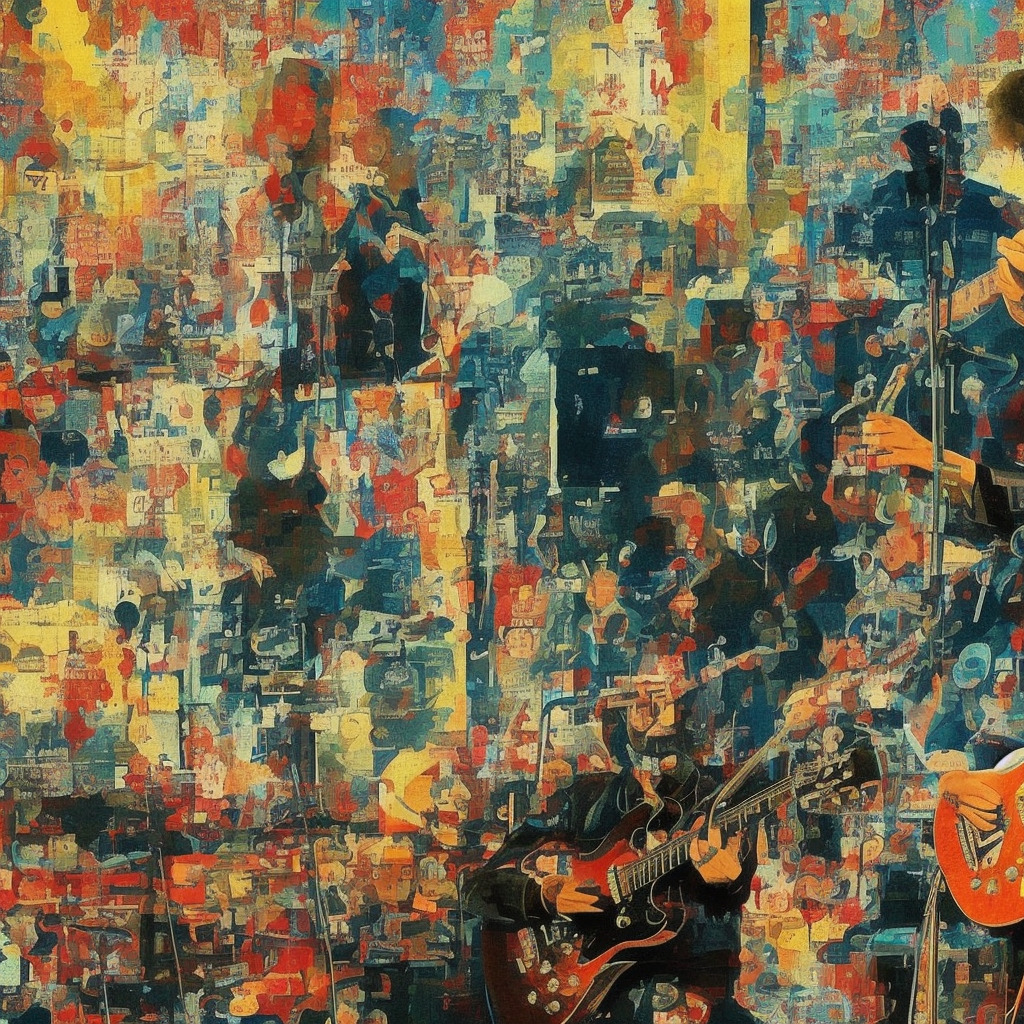Alice In Chains: The Grunge Pioneers Behind ‘Rooster’
Alice In Chains, a powerhouse of the grunge era, created the iconic track ‘Rooster’ from their 1992 album Dirt. The band, consisting of Jerry Cantrell, Layne Staley, Mike Starr, and Sean Kinney, masterfully blended personal stories with their signature sound, making lasting contributions to rock history.
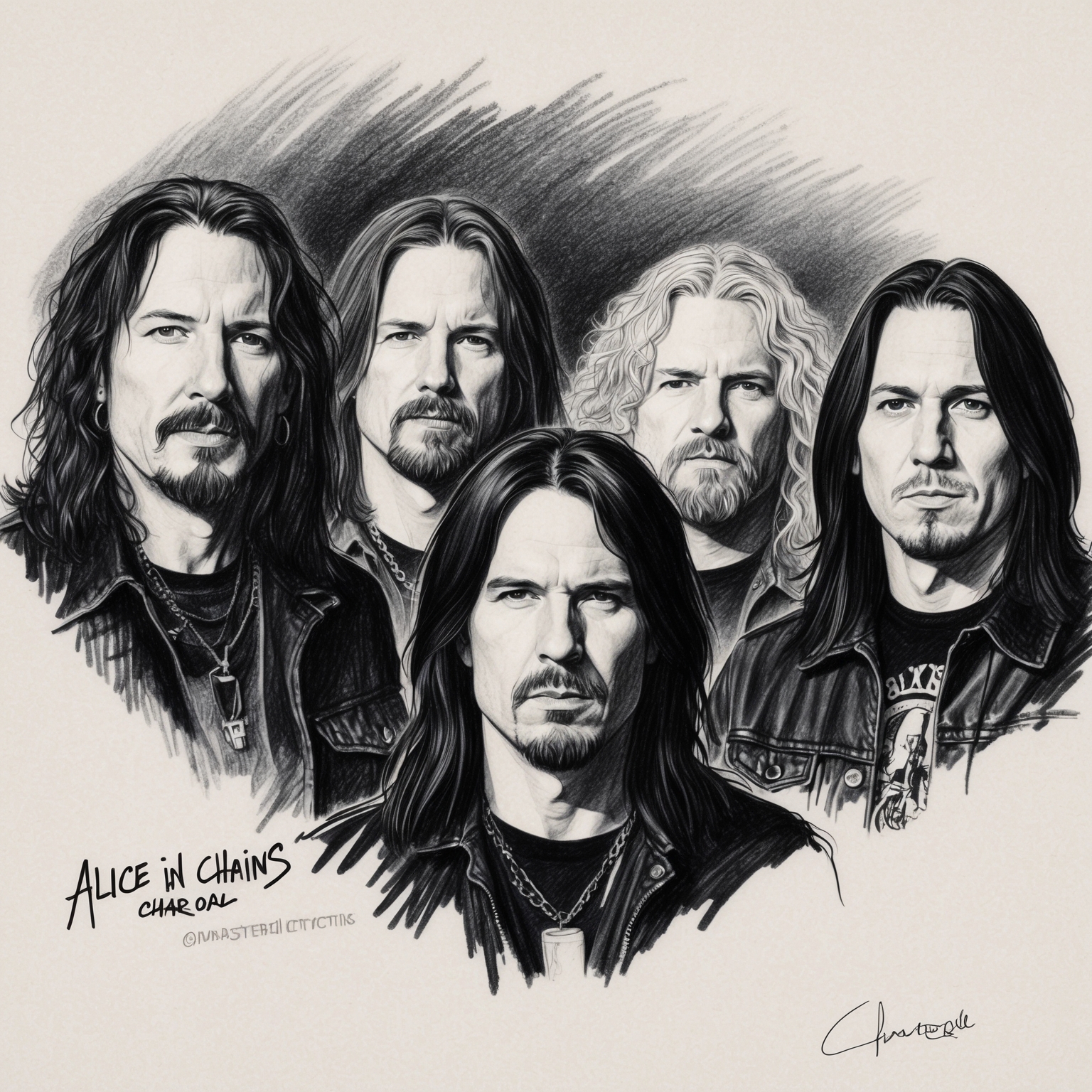
Alice In Chains emerged from Seattle’s vibrant grunge scene in the late 1980s, earning a reputation as one of the most influential bands in rock history. Formed by guitarist Jerry Cantrell and drummer Sean Kinney, the band’s lineup soon solidified with the addition of bassist Mike Starr and iconic frontman Layne Staley. Their fusion of heavy metal and alternative rock elements set them apart, crafting a unique sound that resonated deeply during the era.
The song ‘Rooster‘ holds a special place in the band’s discography. Released in 1992 as part of their critically acclaimed album Dirt, it became a defining track, not only for the album but for the entire grunge movement. The song is a poignant tribute to Cantrell’s father, a Vietnam War veteran, and it struck a chord with listeners for its intimacy and emotional depth. It’s a testament to the band’s ability to intertwine personal stories with their distinctive musical style.
During the early 90s, Alice In Chains were at their creative peak. Their ability to collaborate seamlessly is evident in each band member’s contribution, with Cantrell’s guitar riffs, Staley’s haunting vocals, and Kinney’s dynamic drumming forming a mesmerizing blend. Their sound, raw yet polished, captured the essence of a generation plagued by disillusionment but yearning for authenticity. The band’s artistic synergy allowed them to push boundaries, carving out a niche that few could emulate.
Jerry Cantrell: The Sonic Architect Behind ‘Rooster’
Dive into the world of Jerry Cantrell, the esteemed composer behind ‘Rooster,’ as we explore his background, musical style, and the integral role he played in crafting this haunting track.
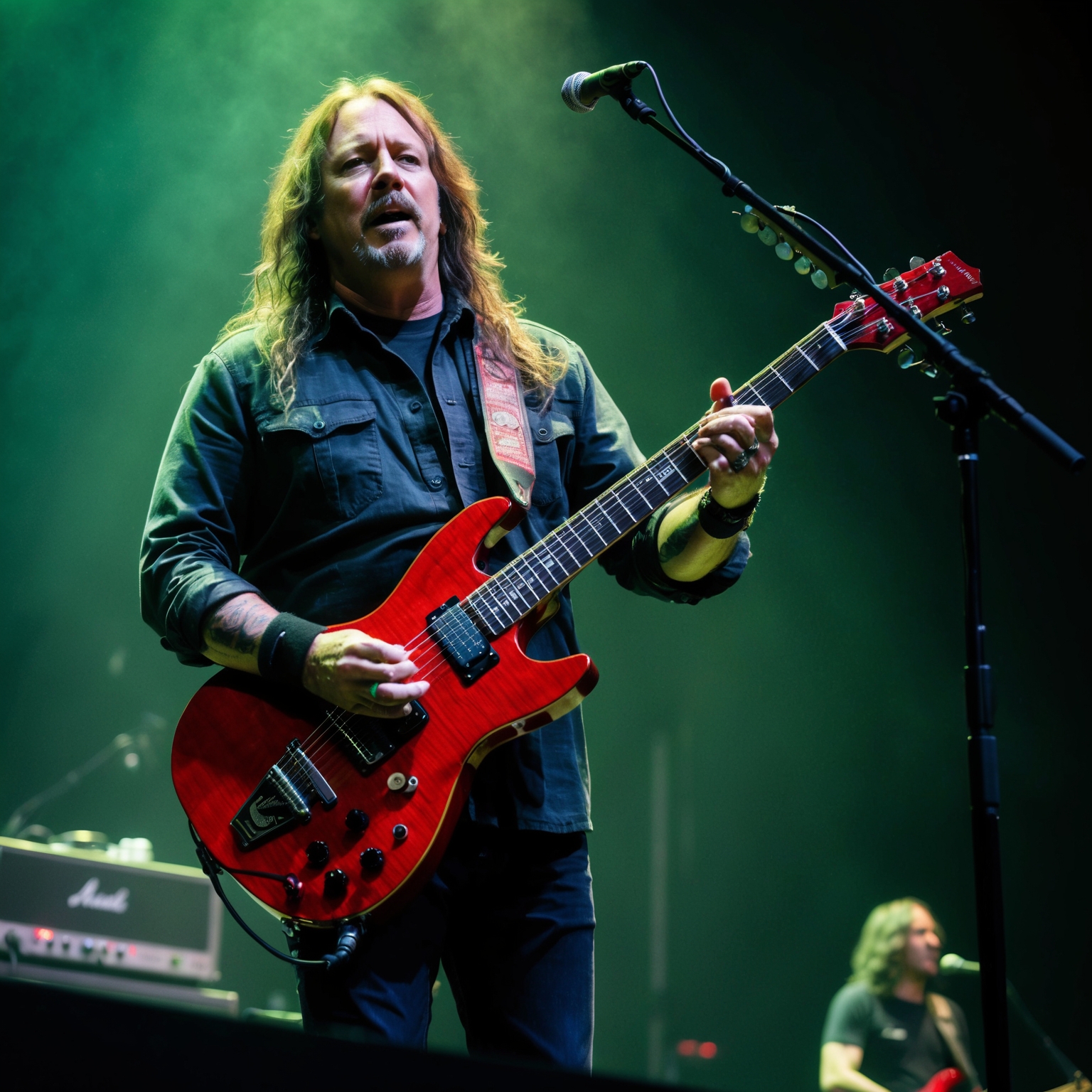
Jerry Cantrell, the driving force behind many of Alice In Chains’ iconic tracks, is the composer of ‘Rooster.’ Born in Tacoma, Washington, Cantrell’s immersion in the world of music began at a young age. He honed his musical skills by listening to classic rock legends, leading him to develop a distinctive approach to guitar playing and songwriting. Before founding Alice In Chains with Layne Staley, Cantrell was involved in various bands, gradually carving out a niche in the hard rock and metal scenes.
Cantrell’s musical style is characterized by heavy, doom-laden riffs intertwined with haunting melodies. Heavily influenced by the likes of Black Sabbath and Led Zeppelin, his compositions often teeter on the edge of grunge and metal, creating a unique sonic blend that Alice In Chains is known for. His lyrical and musical style is a tapestry of personal experiences, raw emotions, and introspection. The storytelling aspect of his songs has a profound impact, often diving into themes of pain, struggle, and resilience.
In ‘Rooster,’ Cantrell not only composed the music but also played a significant role in the lyrical journey. The song is a tribute to his father, a Vietnam War veteran, showcasing Cantrell’s ability to weave personal anecdotes into universally resonant themes. His composition in ‘Rooster’ greatly contributed to its haunting atmosphere, blending raw vulnerability with melodic depth. This track stands as a testament to Cantrell’s mastery in crafting narratives that echo long after the music stops.
Notable Achievements and Covers of ‘Rooster’
Explore the achievements and impact of Alice In Chains’ ‘Rooster’, touching on its absence of direct awards, notable covers, and its appearances in films, TV shows, and video games.
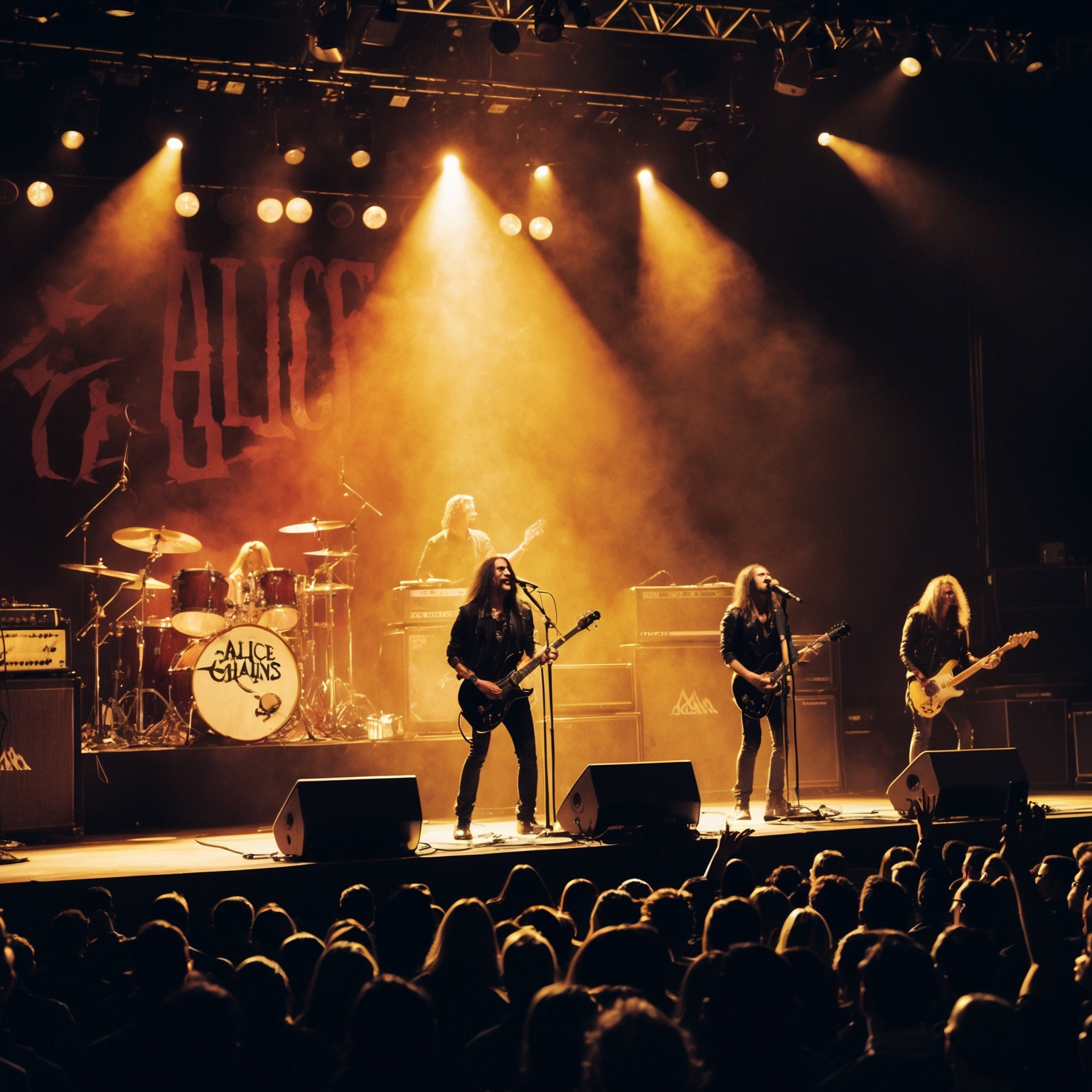
Trophies and Acknowledgements: Released as a single in 1993, “Rooster” by Alice In Chains soared to fame not just due to its gripping lyrics and memorable sound but also because of how well it resonated with audiences worldwide. While awards specifically for the song are scarce, its inclusion in the critically acclaimed album Dirt, which won numerous accolades and was nominated for several awards, is a testament to its cultural impact. The song, representative of its time, has been honored in compilation albums and tribute collections, recognizing its influence in the music realm.
Covers and Interpretations: Many artists have interpreted “Rooster” over the years, each adding their unique flair while maintaining the song’s original intensity. One notable cover was by the rock band Nonpoint, who delivered a powerful rendition that added a modern twist while staying true to the heart of the original. Their take on the track showcases its timeless appeal and versatility.
On-screen Appearances: “Rooster” has also made its way into movies, TV shows, and video games, further cementing its status as a cultural icon. The haunting riffs and evocative lyrics lend themselves perfectly to dramatic storytelling, contributing to the atmospheres of films like Terminator Salvation and TV series such as Cold Case. The song has even entered the gaming world, featured in titles like Guitar Hero, where players can experience its iconic sound firsthand.
Scaling the Charts: The Journey of ‘Rooster’
Explore the chart journey of Alice in Chains’ “Rooster,” a rock staple that captivated fans despite not topping mainstream charts. The song’s enduring legacy showcases its significant cultural impact and contribution to the band’s success.
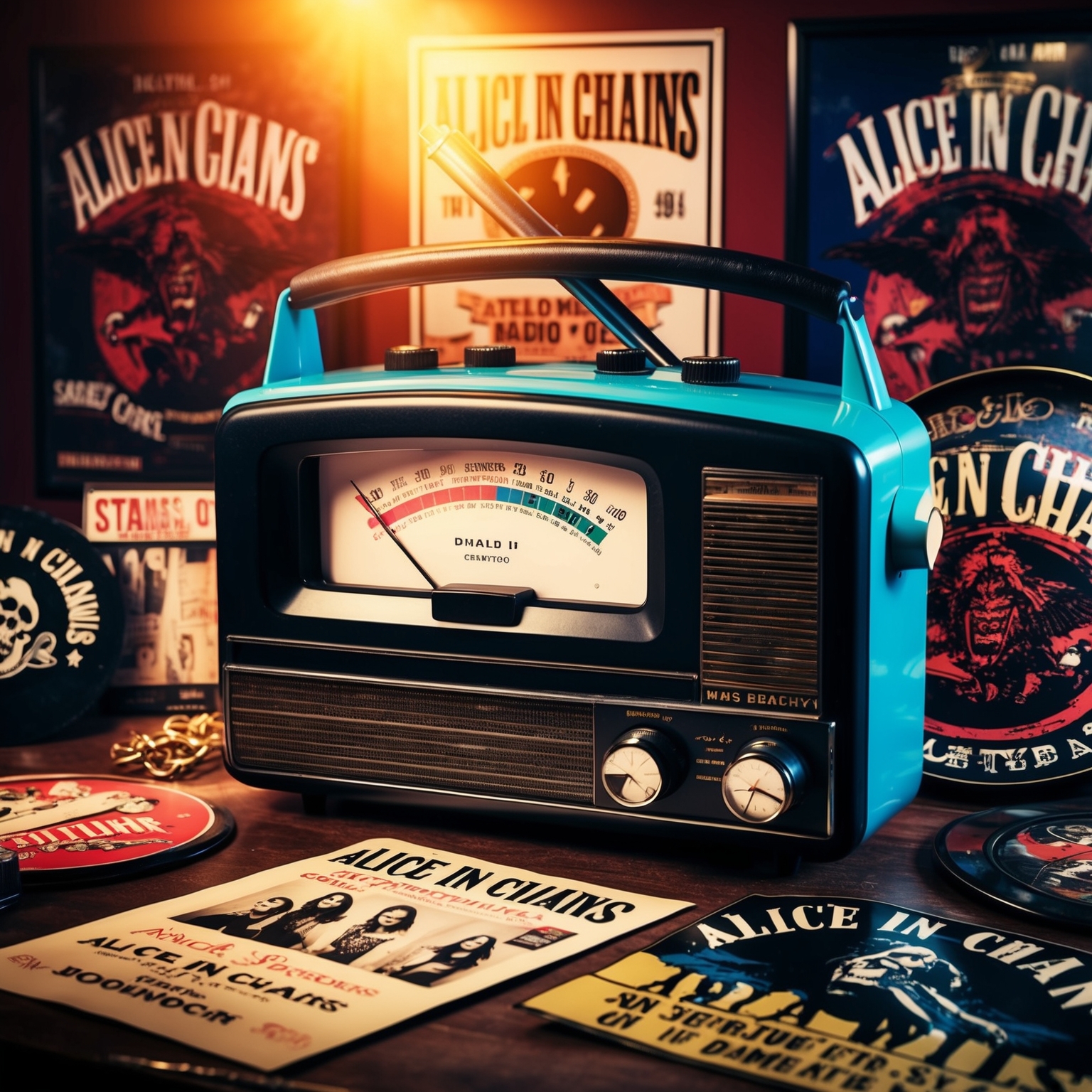
Released as the fourth single from Alice in Chains’ seminal album “Dirt” on February 25, 1993, “Rooster” made a significant impact upon its debut. The song, which oscillates between haunting verses and explosive choruses, captured the attention of rock fans and critics alike. While the track didn’t reach the very top positions in all mainstream charts, it became a staple in the realm of rock and alternative music charts. Notably, “Rooster” peaked at number 7 on the US Billboard Mainstream Rock Tracks chart, where it remained a presence for several weeks. This demonstrates the song’s strong resonance within the rock community, a nod to the group’s growing influence in the early 90s.
Compared to other tracks on “Dirt,” “Rooster” stands out not just for its emotional depth but also for its radio appeal during a decade that was redefining rock music. While not as commercially overwhelming as some pop contemporaries on the charts, its enduring legacy was cemented through its authenticity and compelling storytelling. Alice in Chains’ work in this period offered a grunge narrative that cut through the mainstream noise, laying the groundwork for similar music to thrive in subsequent years.
Despite not being their breakthrough hit—they’d already tasted success with “Man in the Box” and “Would?”—”Rooster” was crucial in solidifying Alice in Chains’ status within 90s rock. Its success supported their narrative-driven approach, and the song’s popularity has only grown with time. This track not only contributed to strong album sales for “Dirt” but also boosted the band’s profile during tours and in future releases. With considerable airplay and fan devotion, “Rooster” helped Alice in Chains edge closer to the pantheon of legendary rock acts.
The Evocative Visual Experience of ‘Rooster’
The music video for ‘Rooster’ by Alice In Chains, directed by Mark Pellington, is a haunting visual accompaniment that enhances the song’s themes of war and personal resilience, contributing significantly to its lasting impact.
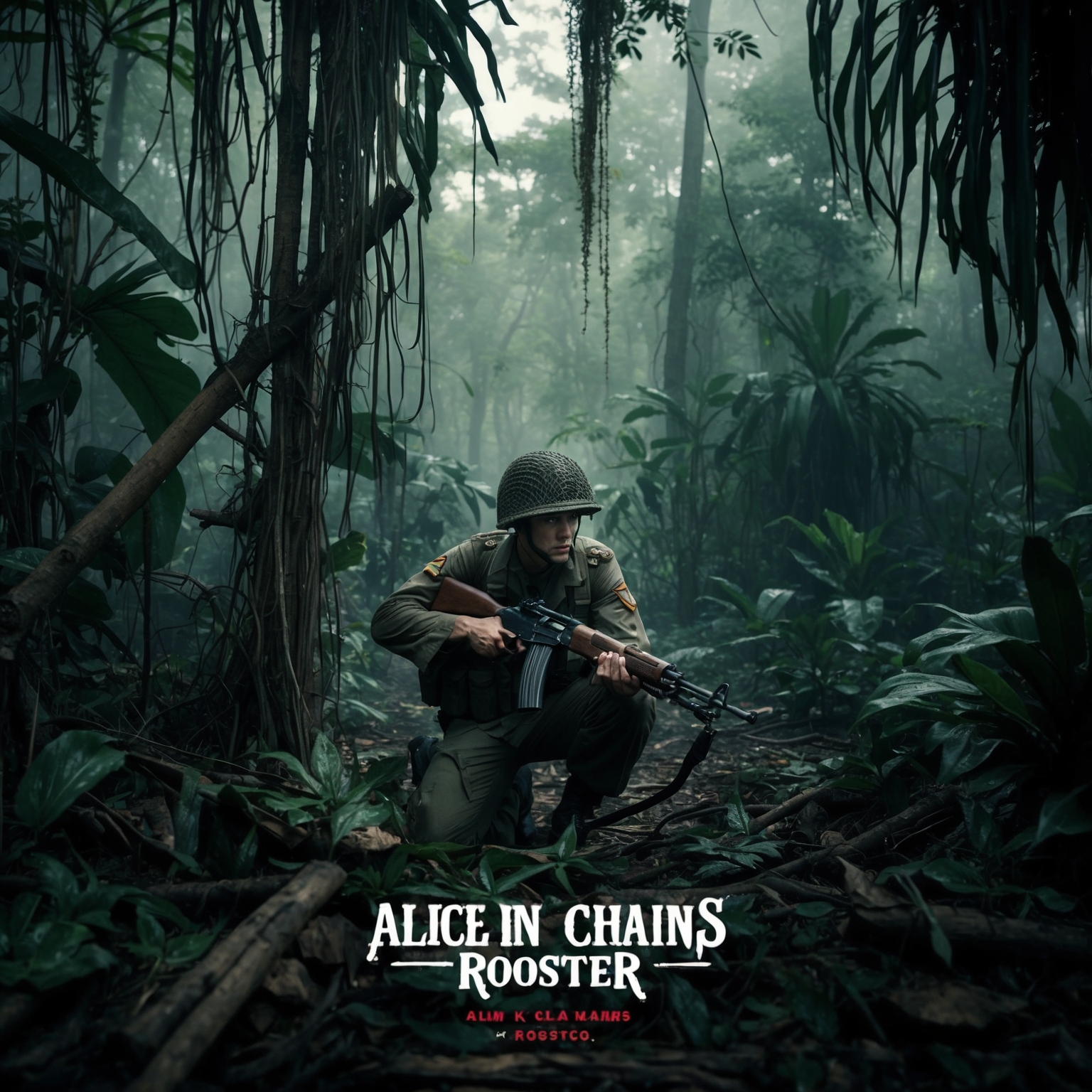
Exploring the Video’s Themes and Visuals
The music video for ‘Rooster’ by Alice In Chains is a profound piece of art that complements the song’s intense themes of war, resilience, and personal struggles. Directed by Mark Pellington, the video is a gripping portrayal that intersperses gritty, realistic footage of a soldier’s life with surreal and haunting imagery, effectively capturing the emotional weight of the song. The visuals serve to deepen the listener’s understanding of the harrowing experiences faced by soldiers, specifically touching on the Vietnam War, a thread that runs intricately through the song due to its personal connection to Jerry Cantrell’s father.
Contributing to the Song’s Legacy
Upon its release, the music video was instrumental in propelling ‘Rooster’ to greater heights, complementing the song’s raw emotional power with gripping visuals. The video was well-received for its authentic representation and the poignant way it echoed the struggles depicted in the lyrics. By illustrating the emotional and physical turmoil faced by soldiers, the video not only amplified the song’s impact but also broadened its appeal to a global audience, garnering critical acclaim and solidifying its place in rock history.
The Creative Team Behind the Scenes
Director Mark Pellington brought his visionary approach to the project, known for crafting impactful and memorable music videos that resonate deeply with viewers. His ability to blend reality with artistic interpretation created a video that remains iconic in the realm of rock music. The cast included actors who portrayed soldiers and civilians, weaving together a story that honored the real-life experiences of servicemen like Jerry Cantrell’s father, Ghost. This authentic portrayal brought both credibility and humanity to the visual narrative, making ‘Rooster’ not just a song, but an immersive experience.
Unraveling the Musical Tapestry of ‘Rooster’
Explore the intricate musical structure of Alice In Chains’ “Rooster,” from its key, tempo, and chord progressions, to its notable place within the band’s discography.

Alice In Chains’ “Rooster” is a masterclass in musical storytelling through its intricate song structure and arrangement. Written in the key of G Major, the song skillfully transitions between minor and major tones, embodying the emotional intensity embedded in its lyrical themes. The tempo, set at a deliberate 84 beats per minute, establishes a haunting yet powerful atmosphere that underscores the raw narrative of the lyrics.
The chord structure of “Rooster” is both simple and effective, combining power chords with open progressions that create an intense sonic backdrop. The verses primarily revolve around G5 and D5 chords, which convey a sense of introspection and somber reflection, while the chorus erupts into a fuller sound with E5 and A5, symbolizing a burst of defiant energy. This contrast in dynamics is a hallmark of Alice In Chains’ sound, allowing them to convey evolving emotions within a single track.
The melody and harmony in “Rooster” are driven by Jerry Cantrell’s distinctive guitar work, complemented by the emotionally charged vocals of Layne Staley. The harmony vocals add depth and poignancy, creating an otherworldly resonance that elevates the intensity of the storytelling. The rhythm section, featuring Sean Kinney’s steady drumming and Mike Starr’s bass line, provides a solid foundation, lending the track its signature grunge aesthetic. The choice of instrumentation, with heavy distortion and subtle acoustic elements, contributes to the haunting aura of the song.
When positioned within Alice In Chains’ discography, “Rooster” serves as a key example of the band’s evolving sound during their early years. Following the heavier tones of their debut album, Facelift, and the acoustic experimentation in the SAP EP, “Rooster” synthesizes these elements, marking a pivotal moment in their musical journey. It showcases a matured thematic direction and a refined compositional style that shaped their subsequent works.
An interesting anecdote regarding the recording of “Rooster” involves its recording at Eldorado Studios in Burbank, California, renowned for its acoustically perfect rooms that enhanced the song’s sound. Produced by Dave Jerden, known for his work with other grunge luminaries, the session was marked by a focused yet experimental approach. This synergy resulted in the track’s distinct ambient quality while preserving the raw edge inherent to Alice In Chains’ music.
Exploring the Depths of “Rooster” by Alice in Chains
Explore the powerful lyrics of “Rooster” by Alice in Chains, delving into its themes of war, survival, and resilience. Discover how its narrative style, rich with literary devices and cultural references, creates an emotional connection with audiences across generations.
Eyes burn with stinging sweat
Seems every path leads me to nowhere, hmm
Wife and kids and household pets
Army green was no safe bet
The bullets scream to me from somewhere, hmm
Here they come to snuff the rooster, ahh yeah
Yeah, here come the rooster, yeah
…
******* This Lyrics is NOT for Commercial use *******
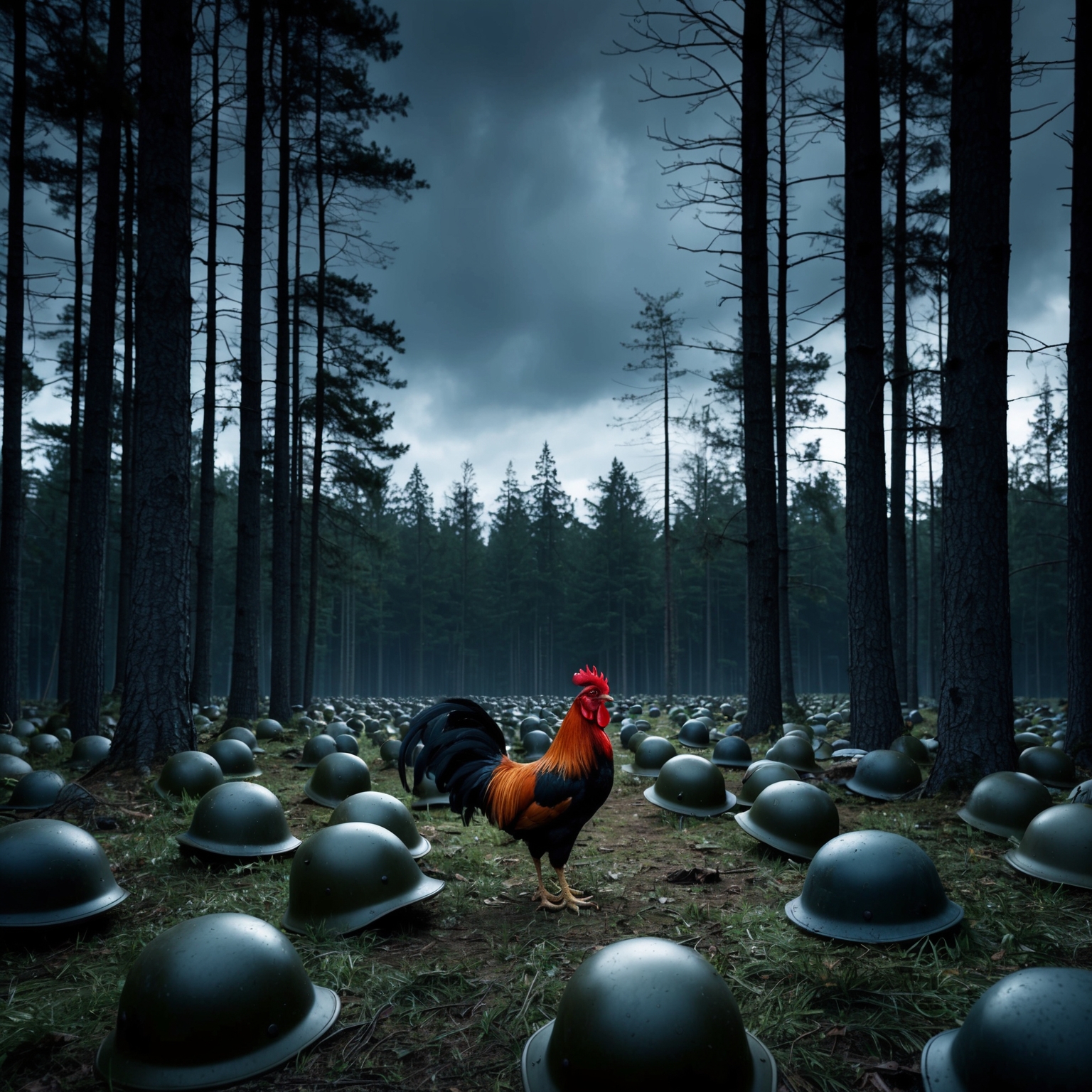 Lyrics Analysis: The song “Rooster” by Alice in Chains is laden with profound themes and narratives that resonate deeply with its audience. At its core, the song is a poignant exploration of the Vietnam War experience, told through the eyes of guitarist Jerry Cantrell’s father, a Vietnam veteran. The title “Rooster” refers to his father’s nickname, and the lyrics vividly paint the harrowing realities of war, survival, and resilience. Through personal and historical lenses, the song captures themes that are both specific to the Vietnam veteran experience and universal in their depiction of struggle and perseverance.
Lyrics Analysis: The song “Rooster” by Alice in Chains is laden with profound themes and narratives that resonate deeply with its audience. At its core, the song is a poignant exploration of the Vietnam War experience, told through the eyes of guitarist Jerry Cantrell’s father, a Vietnam veteran. The title “Rooster” refers to his father’s nickname, and the lyrics vividly paint the harrowing realities of war, survival, and resilience. Through personal and historical lenses, the song captures themes that are both specific to the Vietnam veteran experience and universal in their depiction of struggle and perseverance.
Narrative and Storytelling: The narrative style of “Rooster” is deeply personal and introspective, written from the first-person perspective of Cantrell’s father. This storytelling approach makes the song not only a tribute but also a powerful conduit for expressing the emotional turmoil faced by soldiers. Lines like “Eyes burn with stinging sweat,” and “Army green was no safe bet,” vividly illustrate the physical and psychological stress experienced by the troops. This personal viewpoint enhances the authenticity of the story, allowing listeners to connect intimately with the soulful testament of strength in the face of adversity.
Use of Literary Devices: The use of literary devices further enriches the song’s lyrical content. Metaphors, such as the “bullets scream to me from somewhere,” evoke a chilling sense of danger and urgency. Additionally, the repetition of phrases like “Here they come to snuff the rooster” reinforces the constant threat and survival instinct, while also symbolizing the enemy’s relentless pursuit. This deliberate use of repetition and vivid imagery amplifies the emotional impact.
Cultural and Social References: The song carries significant cultural weight, referencing not just the Vietnam War but the broader experiences of soldiers who faced hardships and alienation upon returning home. The vivid portrayals of battlefield experiences reflect the harsh realities faced by many during that tumultuous era. This cultural and social context adds layers of depth and relatability, allowing audiences to connect with the historical significance and emotional core of the song.
Emotional Impact and Relatability: Perhaps one of the most compelling aspects of “Rooster” is its emotional resonance. The raw honesty and sincerity embedded in the lyrics elicit a profound range of emotions, from empathy and sorrow to admiration for the enduring human spirit. These emotions are universal, finding their way into the hearts of listeners regardless of their own background or experiences, and have helped solidify the song’s lasting impact and success.
Did you know? 🐔🎸 Rooster by Alice In Chains was inspired by Jerry Cantrell’s dad, a Vietnam vet! Talk about rock with a heart! ❤️🎶 #GrungeLegends #AliceInChains #RoosterRocks https://bit.ly/4hxSfgI
Click to Tweet

